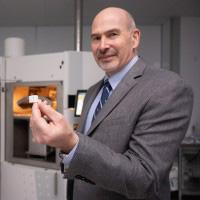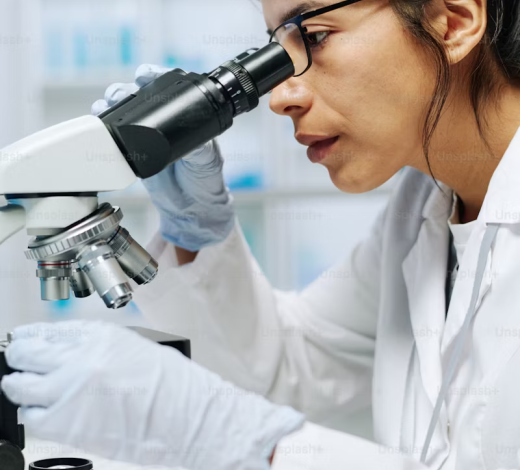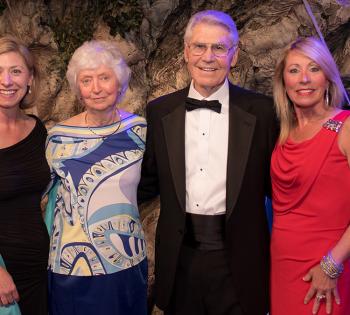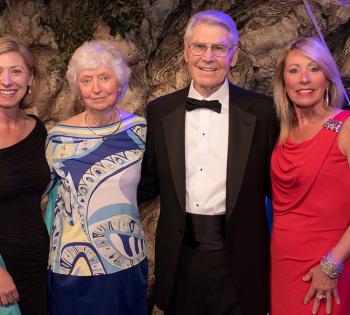Research Translation & Commercialization
Translational research in biomedical engineering is essential for transforming scientific discoveries into potentially life-saving technologies that improve patient outcomes and advance healthcare solutions.
At the Wallace H. Coulter Department of Biomedical Engineering, we accelerate this process by uniting Georgia Tech’s engineering expertise with Emory University’s clinical excellence. Our mission is to move new therapies, diagnostics, devices, and digital health tools from concept to clinic—with the support of robust commercialization ecosystems at both institutions and deep ties to Atlanta’s thriving innovation economy.
A Translational Research Ecosystem Built for Impact
Supporting faculty and students with partnership-building, strategy, and commercialization readiness.

Scott Hollister
Associate Chair for Translational Research, Professor and Patsy and Alan Dorris Chair in Pediatric Technology

Adam McCallum
Translational Research Advocate
These forms are for internal use only.
Commercialization ensures that biomedical innovations reach the patients who need them most. Our department fosters this process through:
- Strategic partnerships across academia, industry, and government.
- Robust support for invention disclosures, licensing, and startup formation.
- Education and mentorship in entrepreneurship and translational science.

Upcoming Events
Whether you're a student, researcher, or industry leader, the Coulter Department invites you to be part of a community that transforms research into life-changing technologies.
Contact Us
Have questions or want to collaborate? Reach out to our Research Translation Team.
We celebrate faculty and student-led startups that have achieved:
- FDA clearances and approvals
- Major acquisitions and investments
- Successful seed and venture rounds
Featured innovators include:
- James Dahlman
- Gabe Kwong
- Lakshmi (Prasad) Dasi
- David Meyers
- Annabelle Singer
- Jaydev Desai
- Francisco Robles
- Scott Hollister
Discover faculty and student-led startups making waves in biotech and medtech—FDA approvals, acquisitions, and major investments.

